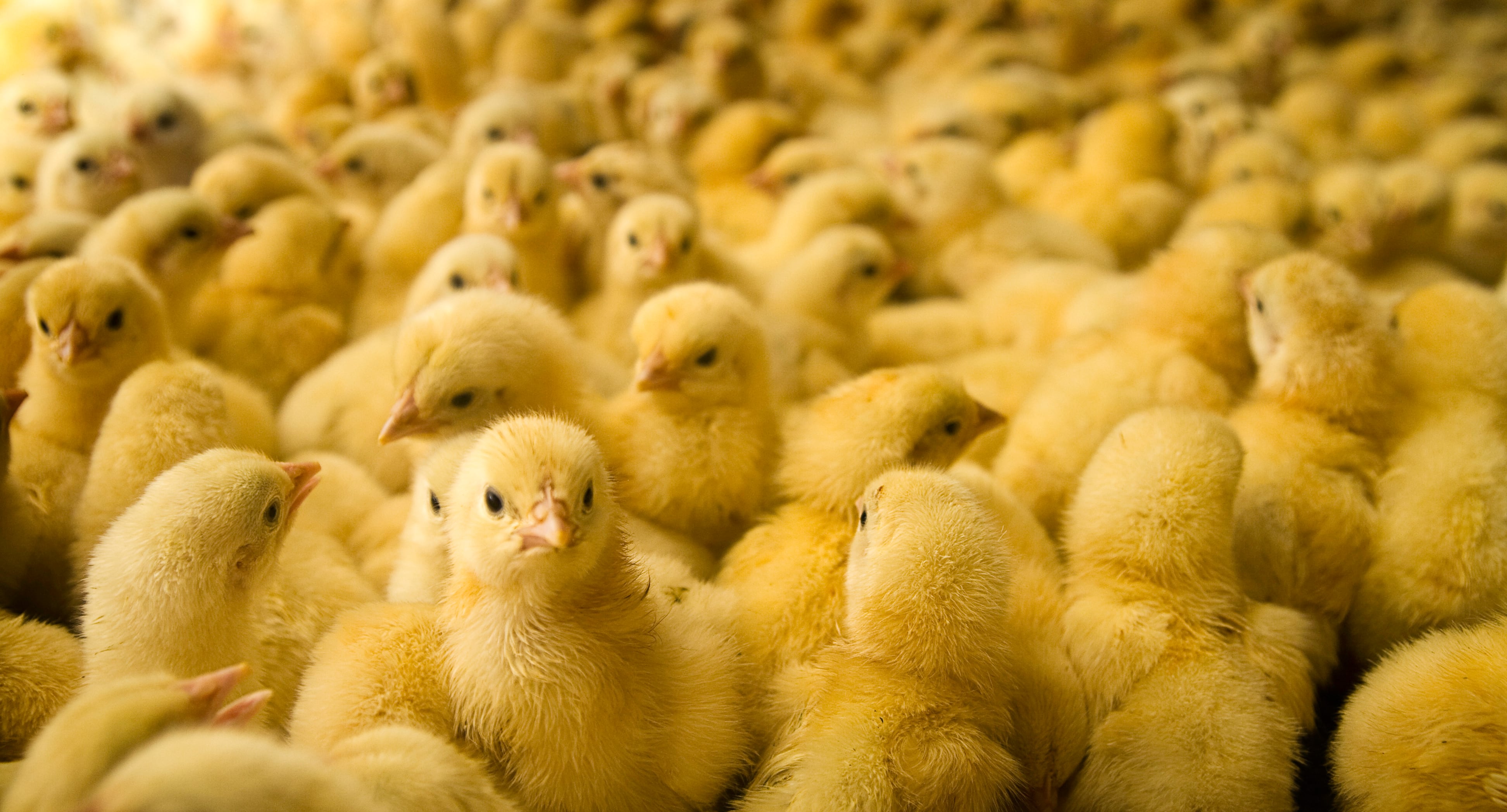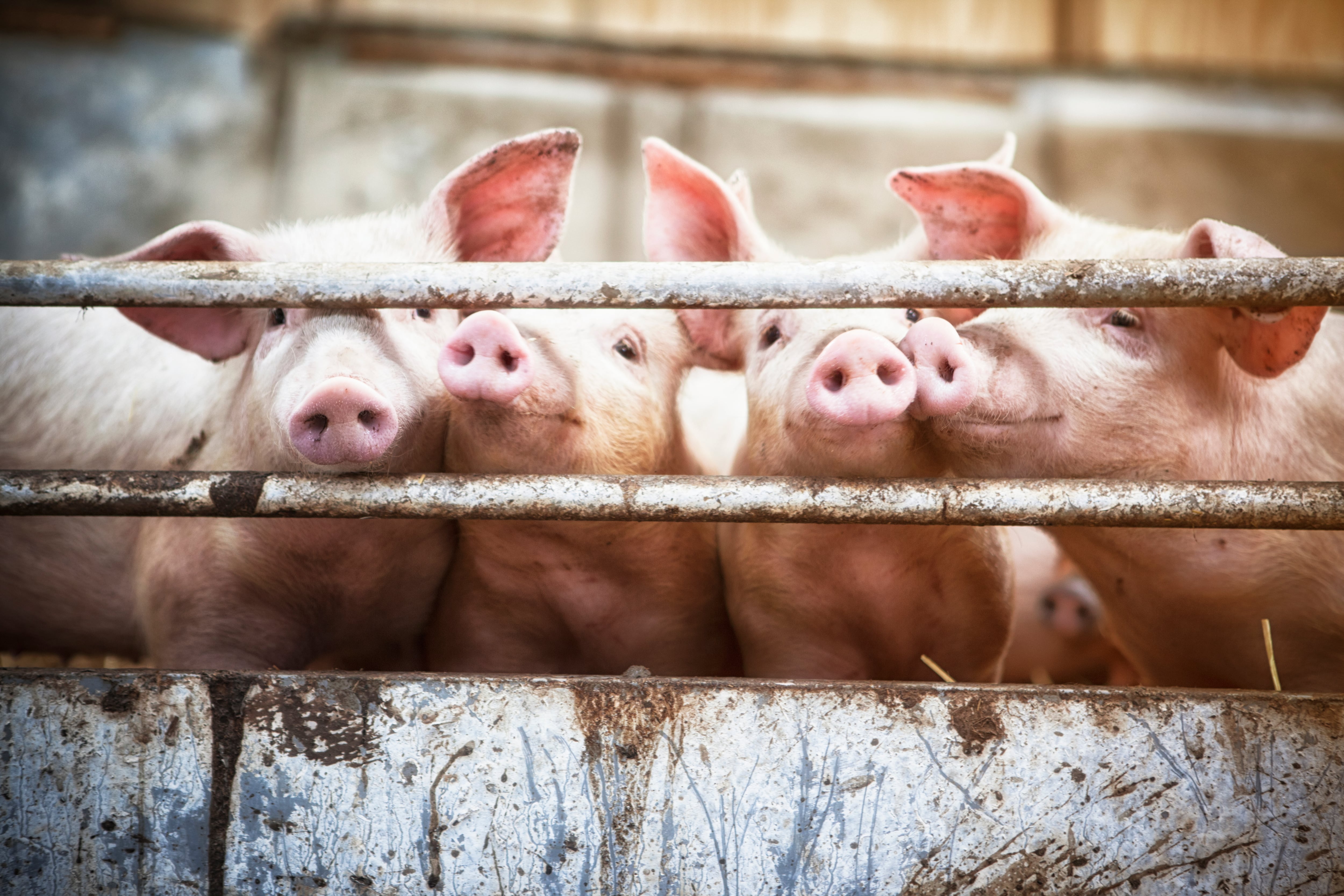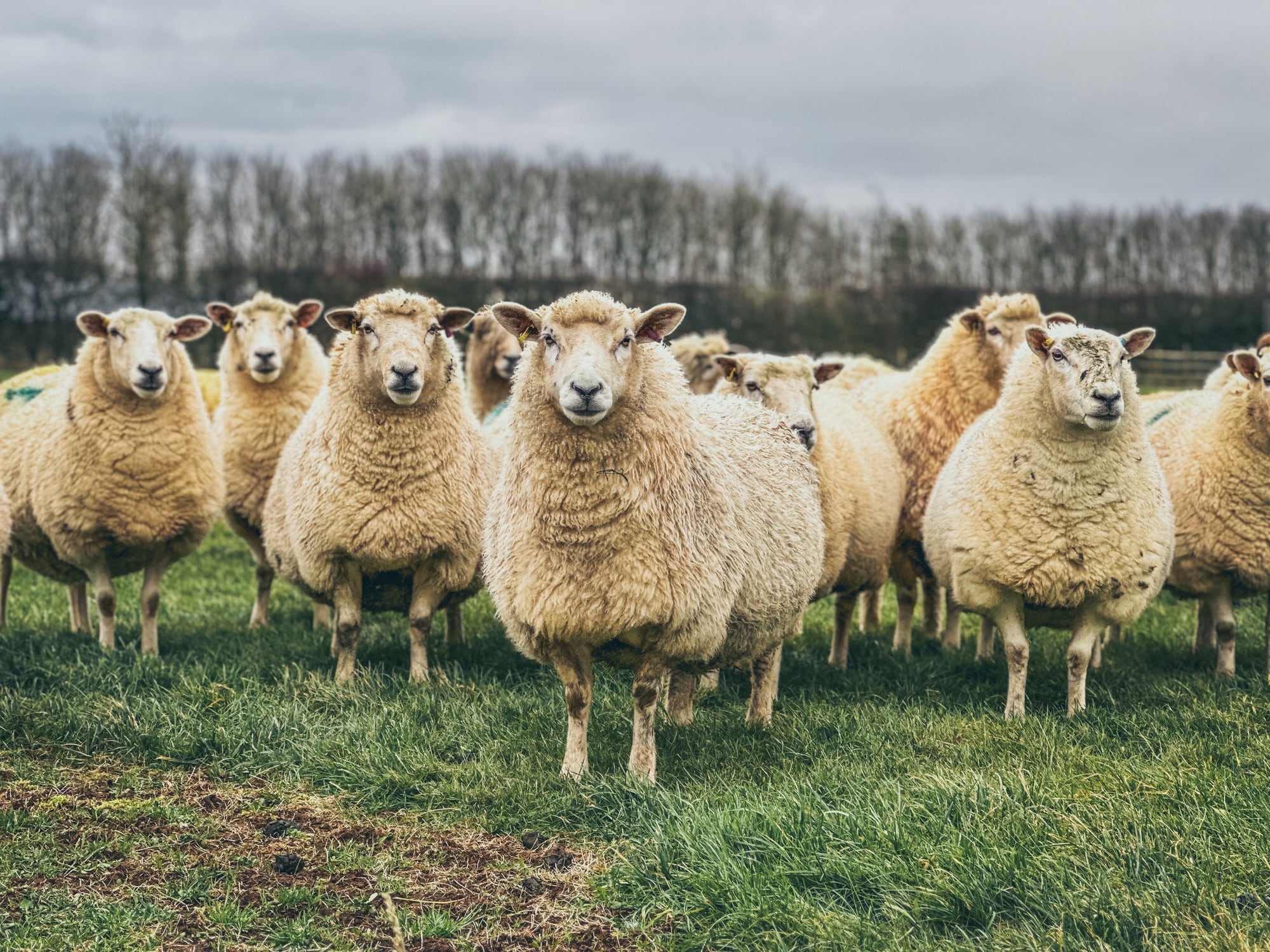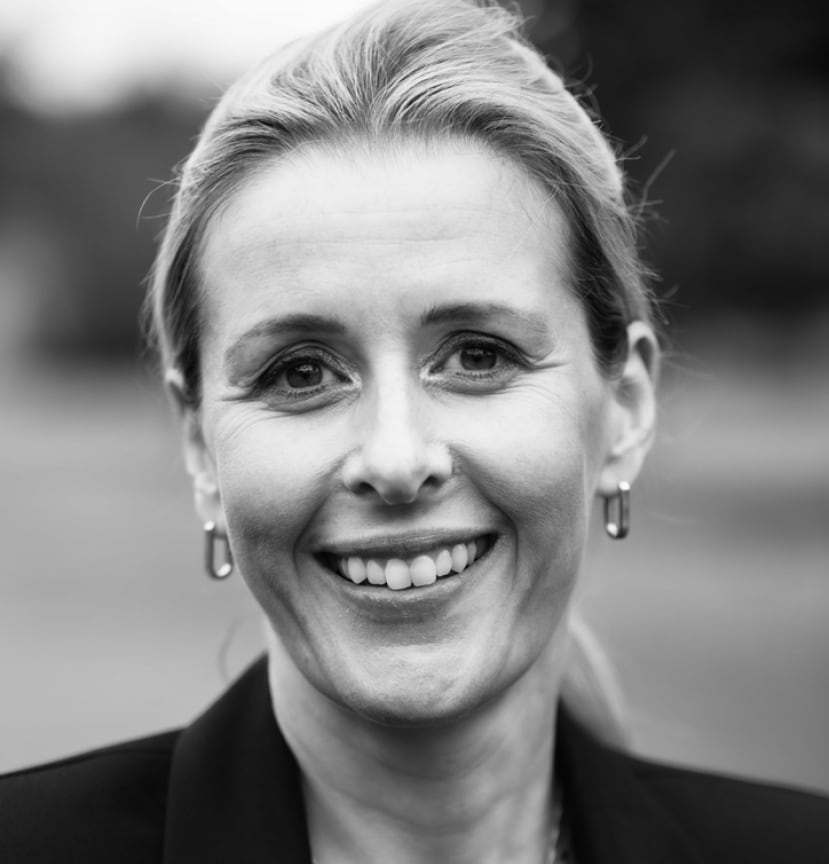The global spread of Highly Pathogenic Avian Influenza (HPAI) represents one of the most significant challenges facing modern agriculture and food security. However, the success of vaccination programs, particularly in France, demonstrates that preventative medicine can effectively combat this growing threat.
Previously confined to Asia, HPAI virus now affects the entire world. Europe and North America are experiencing epizootics annually, and some previously untouched continents, such as South America, are now also being affected.
The usual ‘seasonality’ of the virus is starting to disappear; in 2022, the virus established itself permanently in resident wildlife and among migratory birds that spend the summer in the Northern Hemisphere for the first time.
Sporadic cases in humans have also been reported, where the infection can cause a severe illness with a high mortality rate. Globally, over the last 20 years, 954 cases of human infection with avian influenza A(H5N1) virus were reported from 24 countries, of which 464 were fatal (CFR of 49%). Since January 2023, a total of 103 human cases of avian influenza A(H5N1) have been reported worldwide from close contact with infected birds, dairy cattle and contaminated environments.
The effects on Europe
Europe has been significantly affected by this growing epidemic. The 2021-2022 season saw a record-breaking number of bird cullings, with nearly 50 million poultry eradicated due to avian influenza. In the aftermath of this unprecedented culling in 2022, the 27 Agriculture Ministers endorsed conclusions urging the Commission and the Member States to intensify their efforts in developing vaccination strategies for the prevention and control of HPAI. In this context, France and several European countries, including the Netherlands, Hungary and Italy, initiated vaccination experimentations for scientific purposes.
From October 2023, the French Ministry of Agriculture and Food Sovereignty conducted its vaccination action plan against HPAI, targeting duck farms. Internationally, this initiative positioned France as the first major poultry-exporting country to implement an innovative vaccination programme to enhance farm protection, especially for ducks.
The vaccination campaign significantly reduced outbreaks and helped French poultry production recover to pre-crisis levels. In 2024, output rose by 12.1% compared to the previous year, surpassing production levels from 2019. Following the success of the first campaign, France launched the second phase starting in October 2024.
Although some countries had restricted French poultry imports at the beginning of the campaign, in early 2025, trade restrictions from countries like the United States and Canada were eased, allowing French poultry exports to resume. Other EU countries have also conducted vaccine tests in the Netherlands on laying hens, Italy on turkeys, and Hungary on Peking ducks.
The significant impact of avian influenza on Europe’s poultry industry underscores the urgent need for effective preventative measures. Recent successes in vaccination strategies highlight the potential of preventative medicine to mitigate the effects of such epidemics and restore stability to the sector.
The role of preventative medicine against avian influenza
Preventative medicine plays a crucial role in sustainable agriculture and food production, particularly in mitigating the impact of diseases such as HPAI.
The financial and psychological distress farmers face due to HPAI highlights the need for effective and practical solutions that complement existing biosecurity measures.
Vaccination has been a key strategy in protecting poultry against avian influenza for over a decade. A vaccine suitable for layers and broilers, and which is practical for farmers was developed thanks to innovative technology applied to a proven 50-year-old vaccine: a frozen vaccine against Marek’s disease (HVT).
The main advantage of this vaccine is that it includes hatchery vaccination. Vaccinating day-old chicks in a controlled environment allows them to be protected earlier, significantly reducing their risk of infection throughout their lives. Furthermore, only one unique injection is required to provide cross-clade protection, including the recent 2.3.4.4 b H5 subtype. Once vaccinated, the chick remains protected all along its life and vaccinated birds can be differentiated from infected birds allowing a ‘DIVA’ strategy* that could to more effectively control of avian influenza.
As the virus continues to evolve and expand its geographical reach, the development and implementation of innovative vaccination strategies, combined with robust biosecurity measures, will be crucial in protecting animal and human health, ensuring food security, and maintaining the stability of the global poultry industry.
The lessons learned from recent vaccination campaigns provide a promising roadmap for other regions facing similar challenges, highlighting the vital role of preventative medicine in sustainable agriculture’s future.
*DIVA also known as differentiating infected from vaccinated animals.




